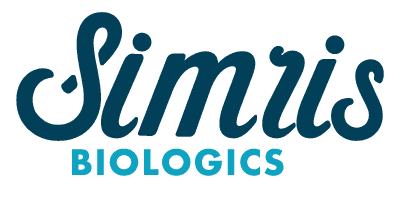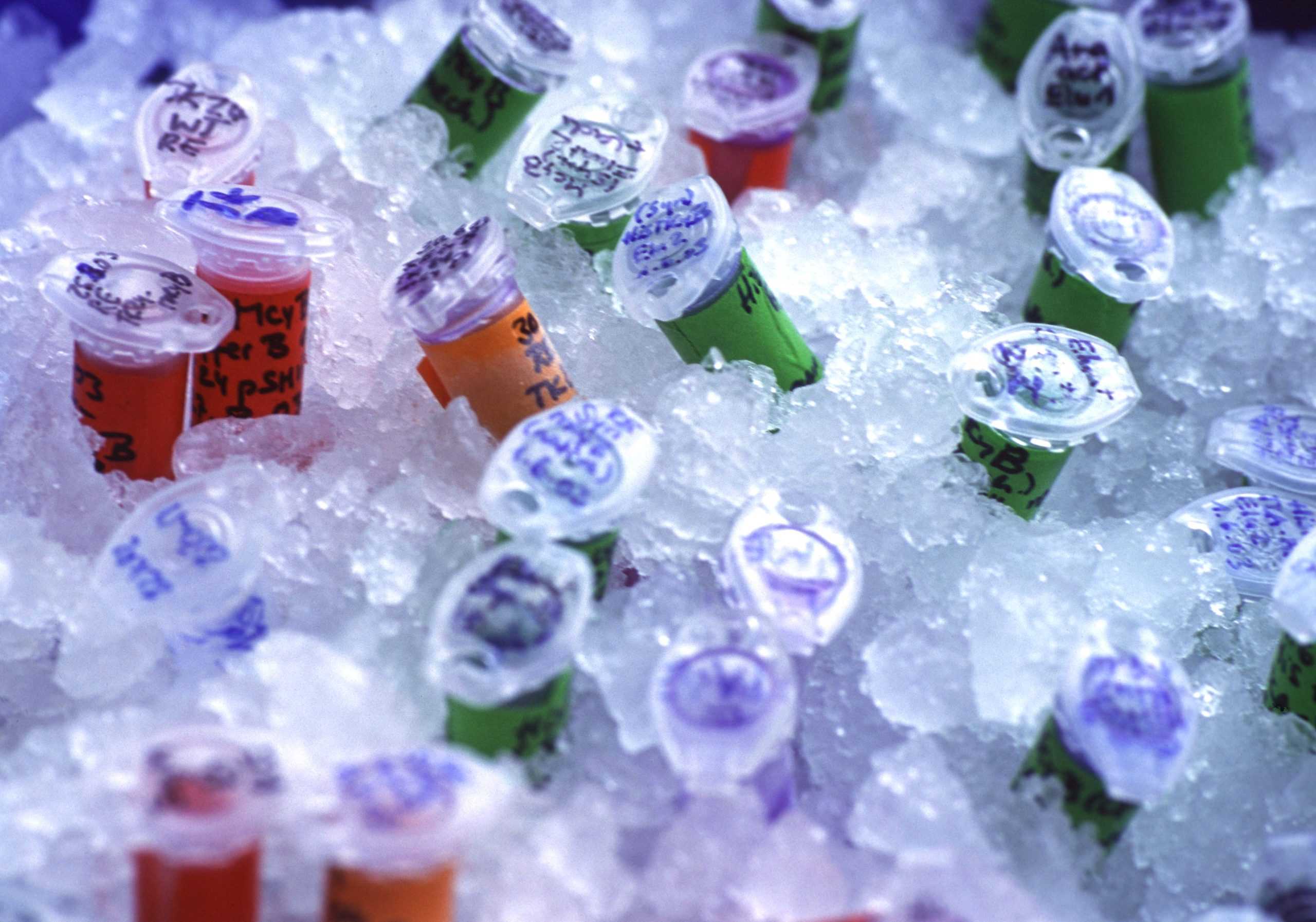
Cyanobacterial Expertise
At Simris Group, we envision a future where cyanobacteria power sustainable innovation across industries – starting with biopharma.
Our proprietary library includes more than 1,200 cyanobacterial strains and over 5,000 novel compounds. Early research has identified strong candidates for applications in therapeutics and beyond.
Antibody-Drug Conjugates (ADCs) are targeted cancer therapies that deliver cytotoxic payloads directly to tumour cells, minimising harm to healthy tissue. At Simris, we are developing next-generation ADC payloads with enhanced potency and safety.
Simris Biologics leads our ADC efforts. Our platform focuses on cyanobacterial non-ribosomal peptides, structurally modified to enable precise targeting of cancer cells. These payloads are designed to be activated only within tumour environments when delivered via monoclonal antibodies – maximising selectivity and safety.
Find out more at Simris Biologics.
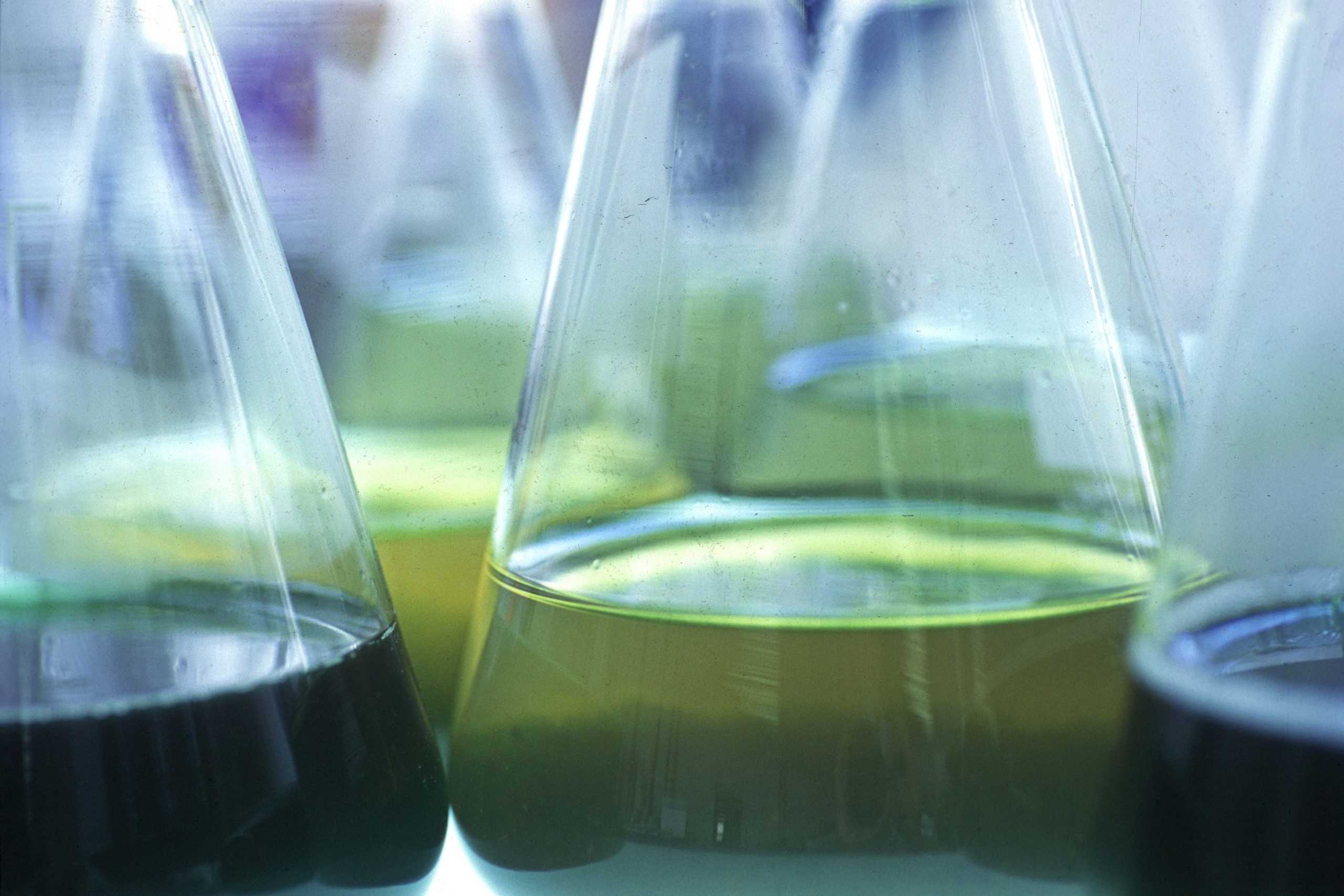
Simris Biologics leverages cyanobacterial toxin engineering to develop next‑generation ADC payloads for enhanced efficacy and safety in cancer treatment. In parallel, we partner with biopharma organisations to accelerate their clinical translation.
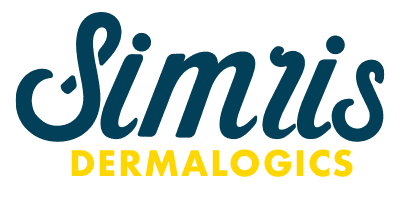
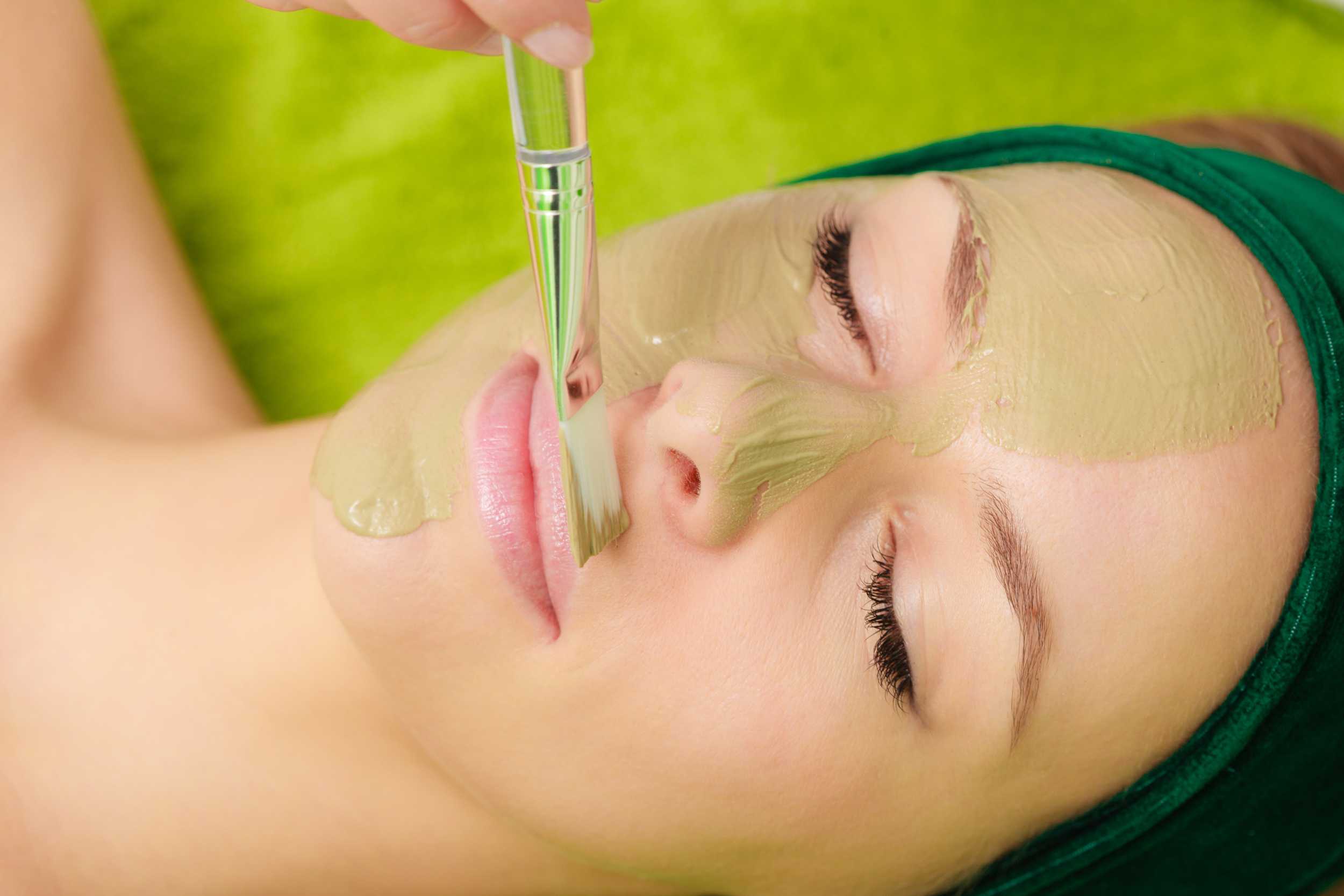
Simris Dermalogics explores cyanobacterial compounds for cosmetic use, with a particular focus on ingredients showing anti-ageing potential. In parallel, we are developing ADCs targeting senescent cells to redefine skin health and longevity.
- Starckx, Senne (31 October 2012) A place in the sun – Algae is the crop of the future, according to researchers in Geel Flanders Today, Retrieved 8 December 2012
- W.F. Vincent, in Encyclopedia of Inland Waters, 2009
- Ratha SK, Prasanna R (February 2012). “Bioprospecting microalgae as potential sources of “Green Energy”—challenges and perspectives”. Applied Biochemistry and Microbiology. 48 (2): 109–125. doi:10.1134/S000368381202010X. PMID22586907. S2CID18430041
